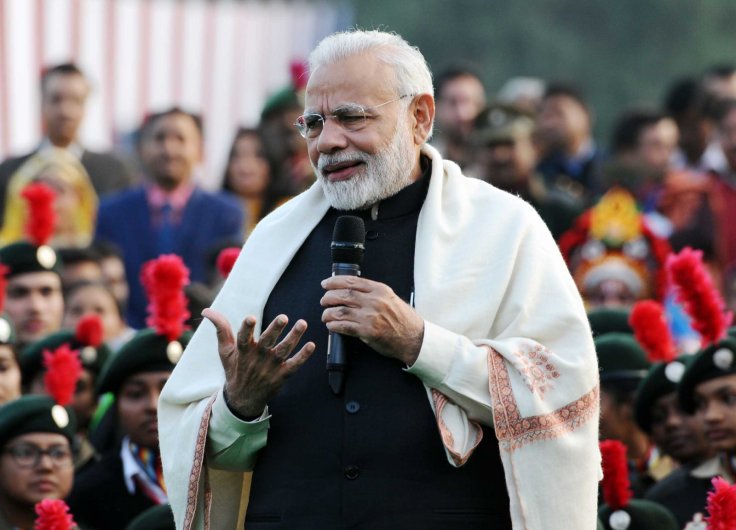
India's historic anti-satellite missile (ASAT) test could become a fluttering red flag to the Chinese Dragon that could intensify the efforts to weaponise space. India joined as the fourth nation on the elite list of countries – after the US, Russia and China – with anti-satellite missile capability when it destroyed down a test satellite by Mission Shakti on Wednesday.
India Prime Minister Narendra Modi announced India's success in a special announcement to the nation. Observers say Indian must have shot down a test satellite that it had sent up as non-commercial payload on a Polar Satellite Launch Vehicle (PSLV) recently to placed on a low earth orbit (LEO).
At a time when warfare is becoming more and more network-centric utilizing satellites that can overfly enemy territory, the ability to destroy or jam a strategically important spacecraft is a huge force multiplier, according to experts. India has launched a series of satellites that can peep through cloud and tree cover to sent back militarily valuable data and reports say the recent the Indian Air Force (IAF) air strike on Pakistan's Balakot terror camp of Jaish-e-Mohammed chief Masood Azhar was helped by Indian spy satellites. The attack by a posse of Mirage-2000 ground attack aircraft escorted by Sukhoi 30 (Su-30 MKI) air superiority fighters was in retaliation to the Pulwama terror strike that killed 43 paramilitary personnel in Jammu and Kashmir.
Experts say that India has possessed the capability of shooting down a satellite for some time now and then Defence Research and Development Organization (DRDO) boss VK Saraswat claimed in 2012 that India had everything needed to destroy a satellite in space. DRDO's Agni-5 intermediate-range ballistic missile (IRBM) is capable of hitting targets on land and in space, according to observers. Indian Space Research Organisation (ISRO) achieved the capability of making pinpoint hits in space with weapon payloads of up to 2,000 tonnes with its Goe Synchronous Satellite Launch Vehicle (GSLV) series.
India perhaps intensified its space weapons programme after China made its first satellite kill as early as 2007. There were reports at that time Beijing lit up a US military satellite with a laser beam triggering panic in Pentagon.
Pentagon said as late as January this year that Chinese military was indeed training with ASAT missiles. Freebeacon reported on January 23 that Beijing had deployed multiple units with ASAT missiles that can destroy US military satellites. The report by the US National Air and Space Intelligence Center, known as Nasic, said that the People's Liberation Army (PLA) units had begun training with the satellite-killing missiles. The report warned that China, along with Russia, had developed an array of space arms designed to challenge US space superiority.
Elaborating the importance of ASAT system, thediplimat.com website said in June 2016 that a state with command over space-based assets could jam enemy satellites or destroy them, and stop the enemy from communicating with troops or accessing vital information about troop movements or incoming missiles.
Beijing is known to have conducted an ASAT missile test in 2013 when it launched its improved missile, the Dong Neng-2 or DN-2. According to US intelligence reports, the DN-2 was a "ground-based, high earth-orbit attack missile." The Secure World Foundation said evidence suggested that China's May 2013 launch was "the test of the rocket component of a new direct ascent ASAT weapons system derived from a road-mobile ballistic missile."
China first achieved a satellite kill in January 2007 with a KT-1 military rocket that destroyed a redundant Chinese Feng Yun 1-C weather LEO satellite, about 800km above the Earth. Space scientists reported that the test must have left behind about 3,000 pieces of dangerous space debris in LEO, where reconnaissance and weather satellites and manned space missions are vulnerable. The destruction of at least one Russian satellite in May 2013 is attributed to hitting one such piece of debris, according to the article on thedipolomat.com by Harsh Vasani of the Department of Geopolitics and International Relations, Manipal University.









